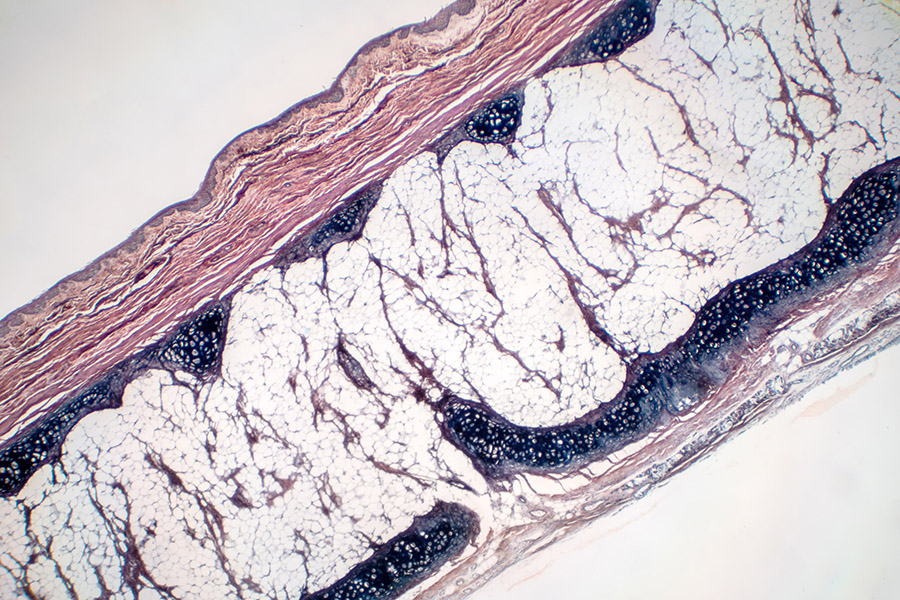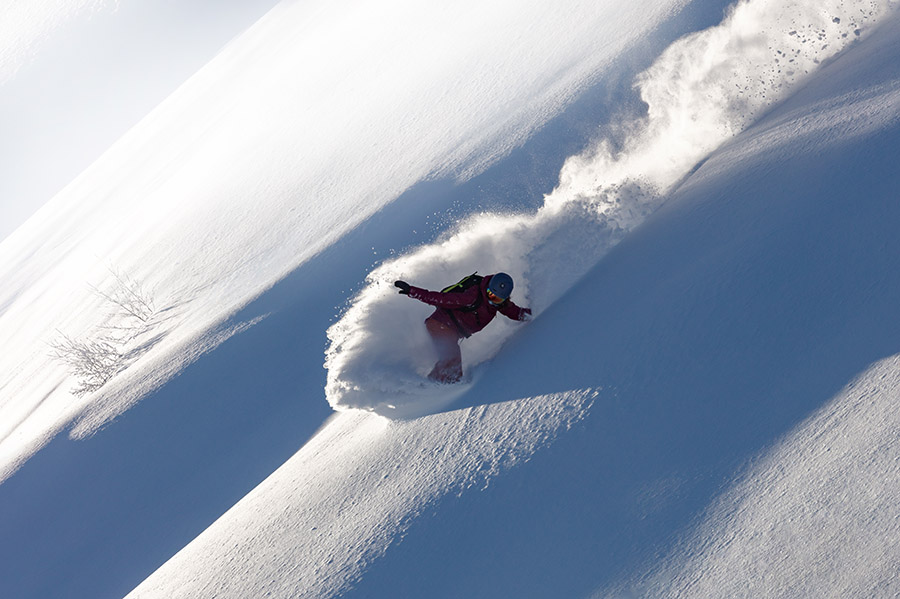Bones in children and adolescents have a special area called the growth plate, which is the area of cartilage near the ends of bones. Once a person is fully grown, these plates harden into solid bones and serve as attachment sites for tendons. Osgood-Schlatter disease occurs during these growth spurts by irritating these plates.
We at Everett Bone & Joint are known for using innovative methods to treat our patient’s knee and tendon injuries or diseases. Below you’ll find information about Osgood-Schlatter disease’s symptoms and treatments.
What is Osgood-Schlatter Disease?
Osgood-Schlatter disease is a common cause of knee pain in adolescents and creates inflammation of the area just below the knee where the tendon from the kneecap attaches to the shinbone. The disease usually occurs during growth spurts when there is rapid structural change in bones, tendons, and muscles. Due to these rapid changes, the growth plate is weaker and more at risk for injury as it hasn’t hardened into bone yet.
Causes
Osgood-Schlatter disease is caused by an irritation of the bone growth plate and excess stress placed on the growth plate as it is weaker due to not having hardened into bone. When high levels of stress are placed on the knee’s growth plate, that will lead to it swelling and causing pain. If your adolescent is active in sports, especially ones with running and jumping, they are at an increased risk for Osgood-Schlatter disease due to the greater stress placed on the growth plate.
Symptoms
Osgood-Schlatter disease symptoms are usually brought on by running, jumping, and other athletic activities. The knee pain is on top of the usual soreness brought on during growth spurts and is often in one knee, though the pain and swelling can be in both. Other symptoms of Osgood-Schlatter disease include:
- worsening knee pain during running, jumping, stair climbing, or walking up hills
- severe pain that leads to limping
- swelling at the tibia tubercle (bottom of the knee)
- tight muscles in the front or back of the thigh
- knee pain and tenderness at the tibia tubercle (bottom of the knee)
How to Prevent Osgood-Schlatter Disease
Preventing Osgood-Schlatter disease isn’t possible, but an adolescent can reduce the risk of developing it by adopting some habits prior to playing sports and throughout their growth spurt, such as:
- participating in sports that don’t put stress on the knee, such as swimming.
- taking a break from a sport or activity when feeling knee pain
- Stretching muscles in the upper part of the leg, the quadriceps, and hamstrings, help relieve pressure and increase flexibility.
- wearing supportive athletic shoes that have good shock absorption
Osgood-Schlatter Disease Treatment & Surgery
Treatment for Osgood-Schlatter disease is almost entirely home remedies, such as rest and over-the-counter nonsteroidal anti-inflammatory drugs. To ease the pain, you can:
- Rest from sports and activities that involve jumping, running, and knee bending
- Use ice to cold compress and reduce swelling
- If recommended by your doctor, physical therapy can help relieve symptoms of Osgood-Schlatter-related pain and teach specific exercises.
Surgery for Osgood-Schlatter is almost never recommended or required as the cartilage growth plate will stop growing and fill with bone, helping the pain and swelling to dissipate since no new growth plate exists. The knee pain from Osgood-Schlatter disease ends when an adolescent stops growing.

























